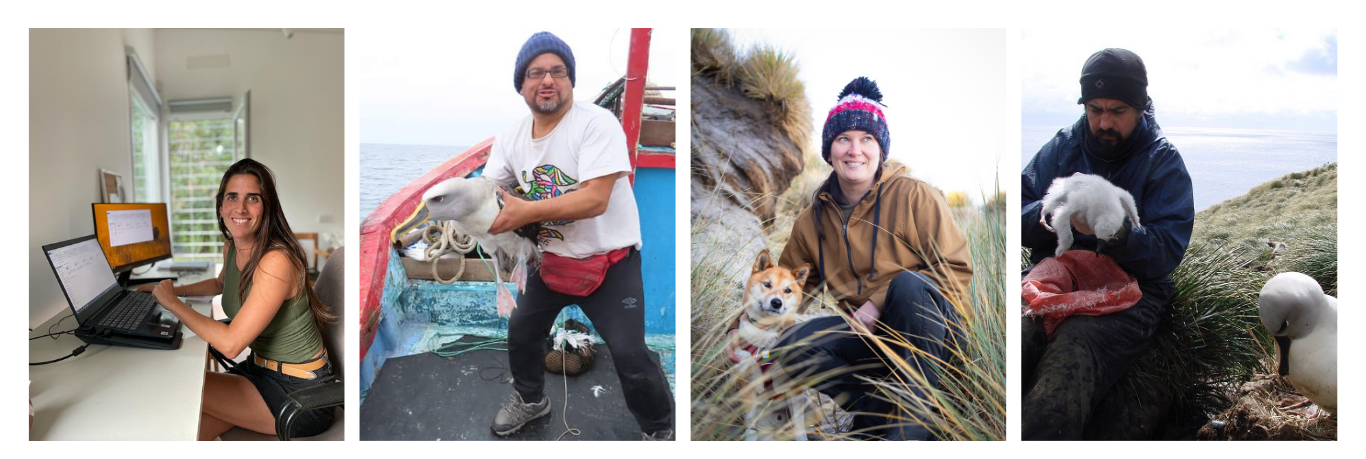 The four successful applicants to ACAP's Secondment Programme (left to right): Agustina Iwan, Javier Quiñones, Naomi Cordeiro and Cristián Suazo
The four successful applicants to ACAP's Secondment Programme (left to right): Agustina Iwan, Javier Quiñones, Naomi Cordeiro and Cristián Suazo
Four candidates have been successful in their application to the 2022 ACAP Secondment Programme which supports research aligned to the Agreement’s objective to conserve listed albatrosses, petrels and shearwaters.
Javier Quiñones, from Peru, Agustina Iwan, from Argentina, Cristián Suazo, from Chile and Naomi Cordeiro, from the United Kingdom, submitted proposals for projects that met the required criteria to build capacity within Parties, are international in nature, and achieve tasks within the current work programmes of the Advisory Committee (see Annex 4, MoP7 Report) and Secretariat (see Annex 2, MoP7 Report).
The projects, which range in focus and approach, include: an investigation of the social factors behind the adoption or avoidance of seabird bycatch mitigation measures in fisheries, knowledge-sharing between Parties on mitigation techniques and outreach approaches to fishers, addressing gaps in population data of and threats to specific ACAP-listed species, and enhancing dog detection skills for invasive species control and seabird survey capabilities.
ACAP Latest News will report on the secondments throughout the year but will begin with a series of stories highlighting each Secondee and their project in the coming weeks.
31 March 2023

 English
English  Français
Français  Español
Español 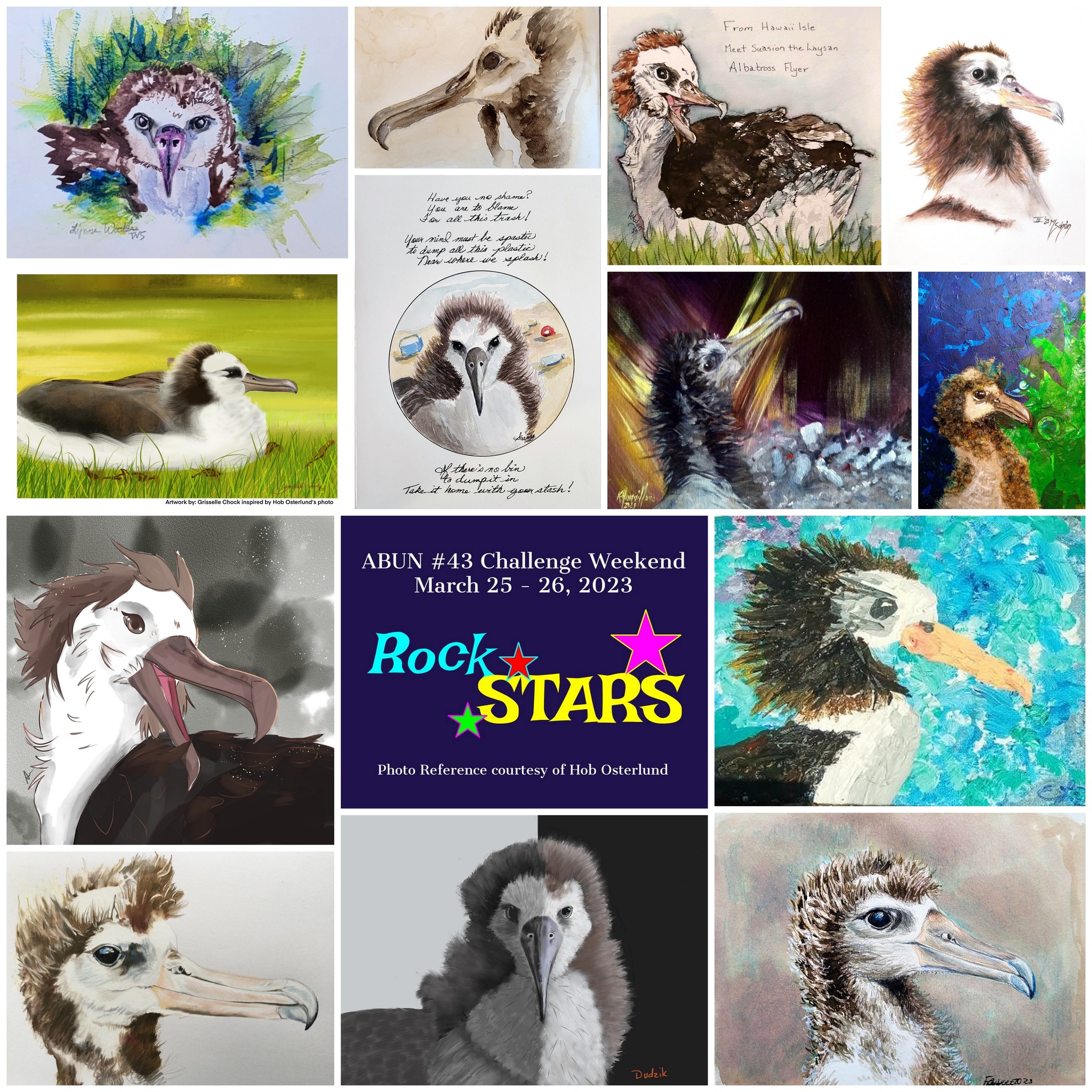
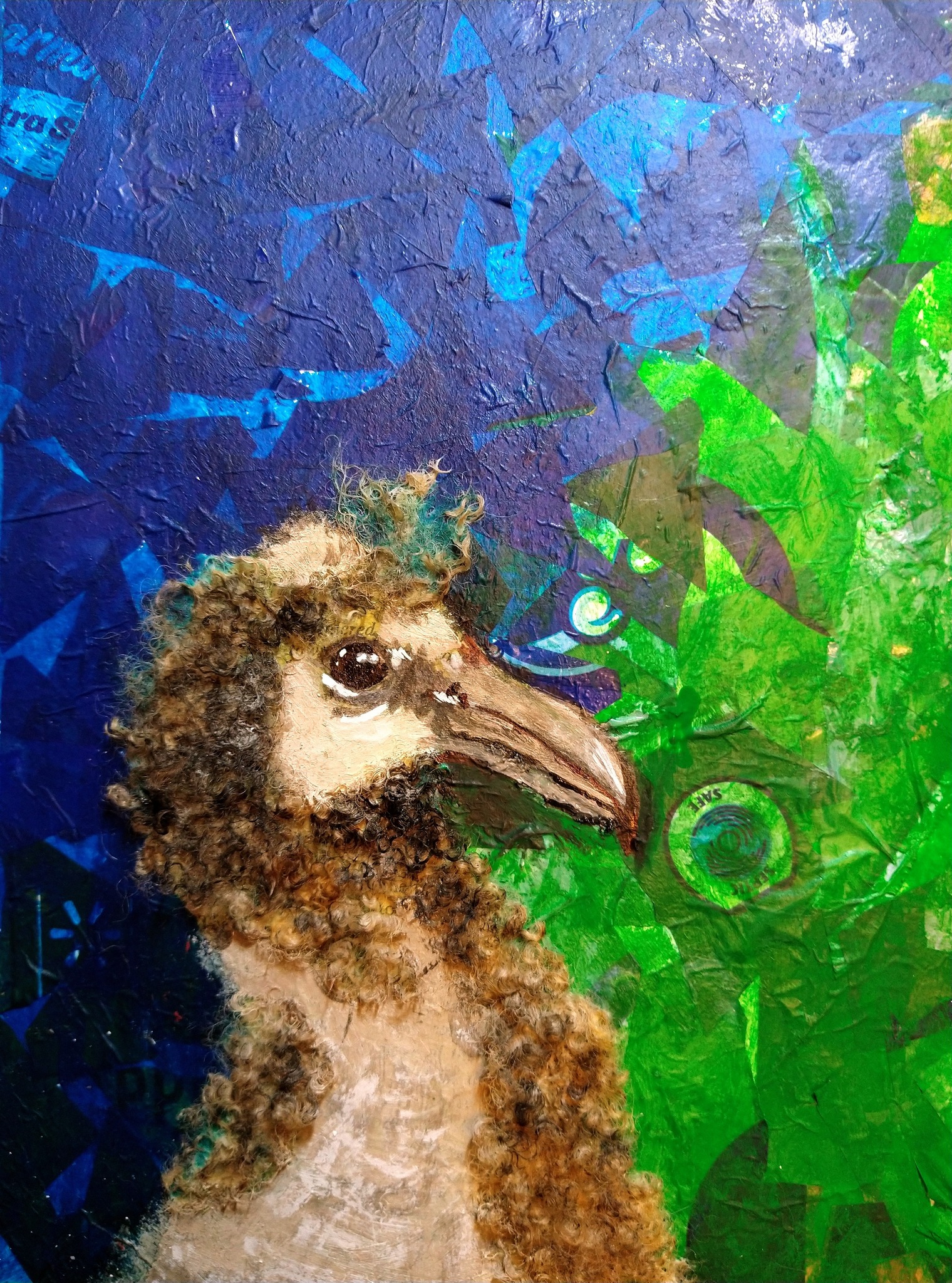
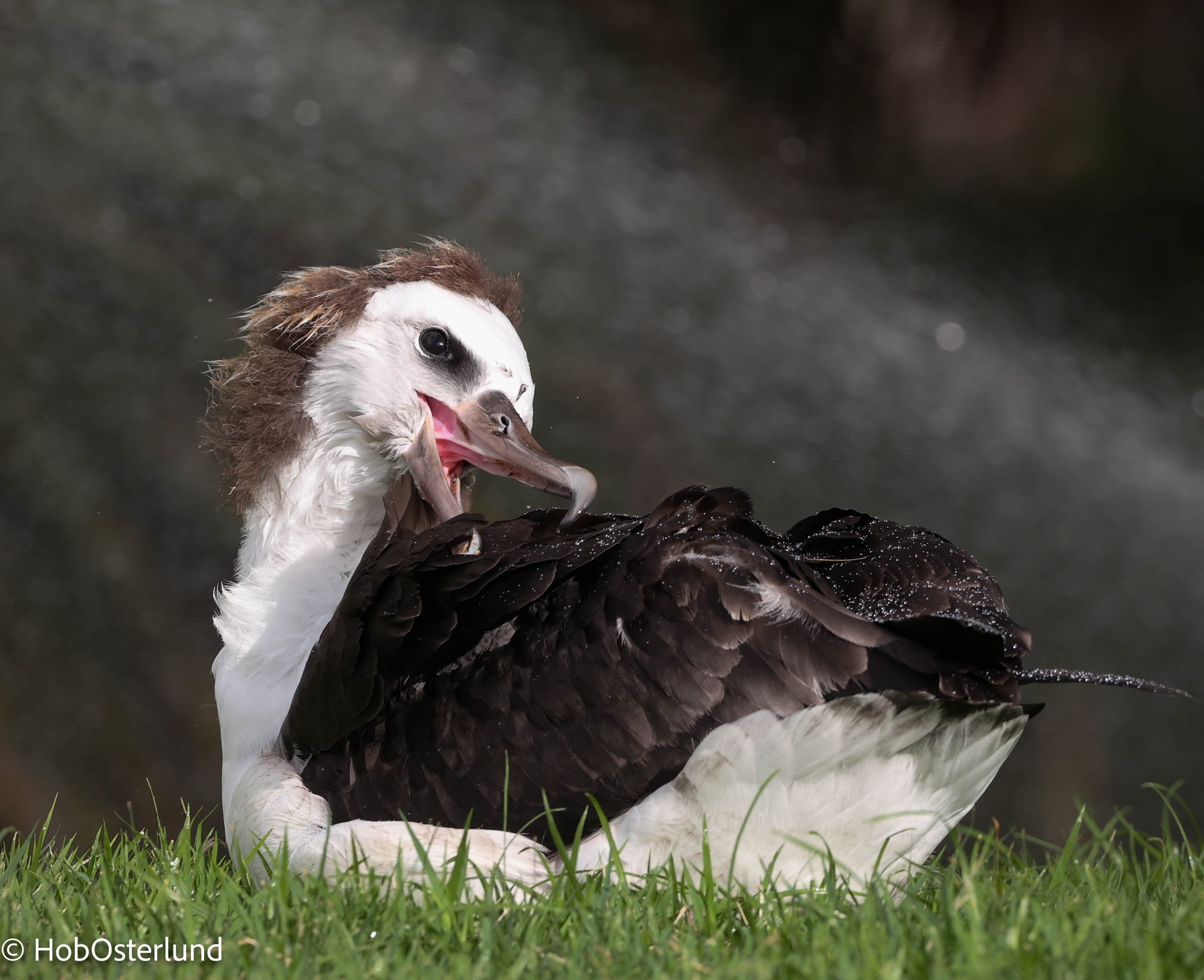
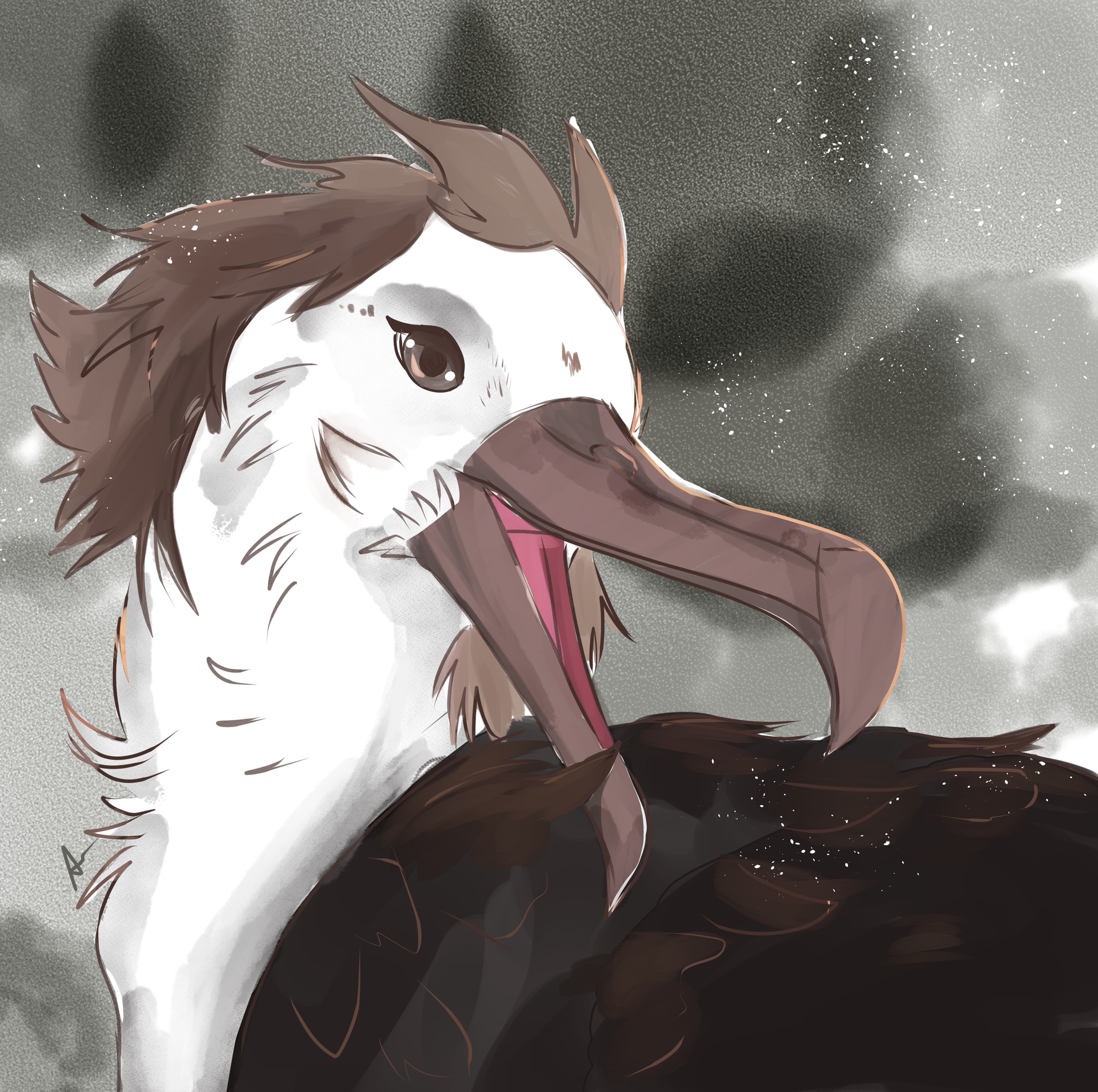
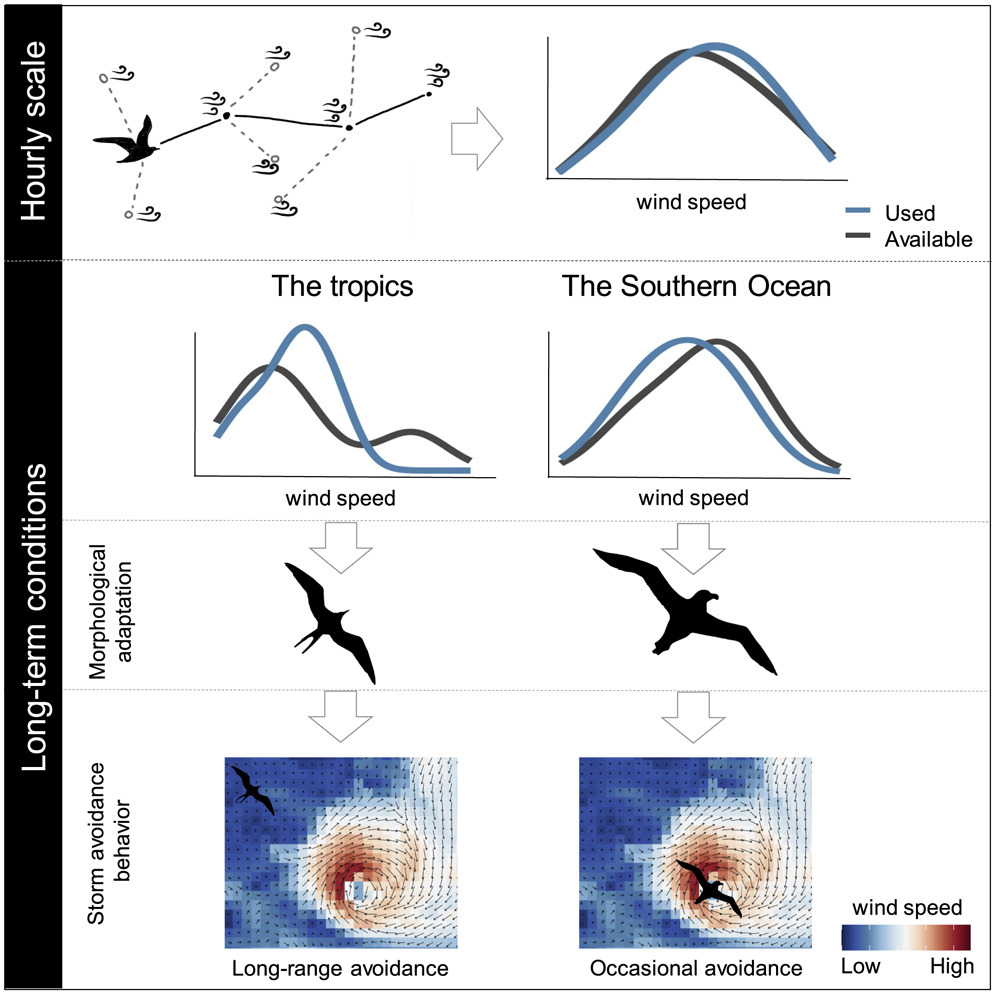 Graphical abstract
Graphical abstract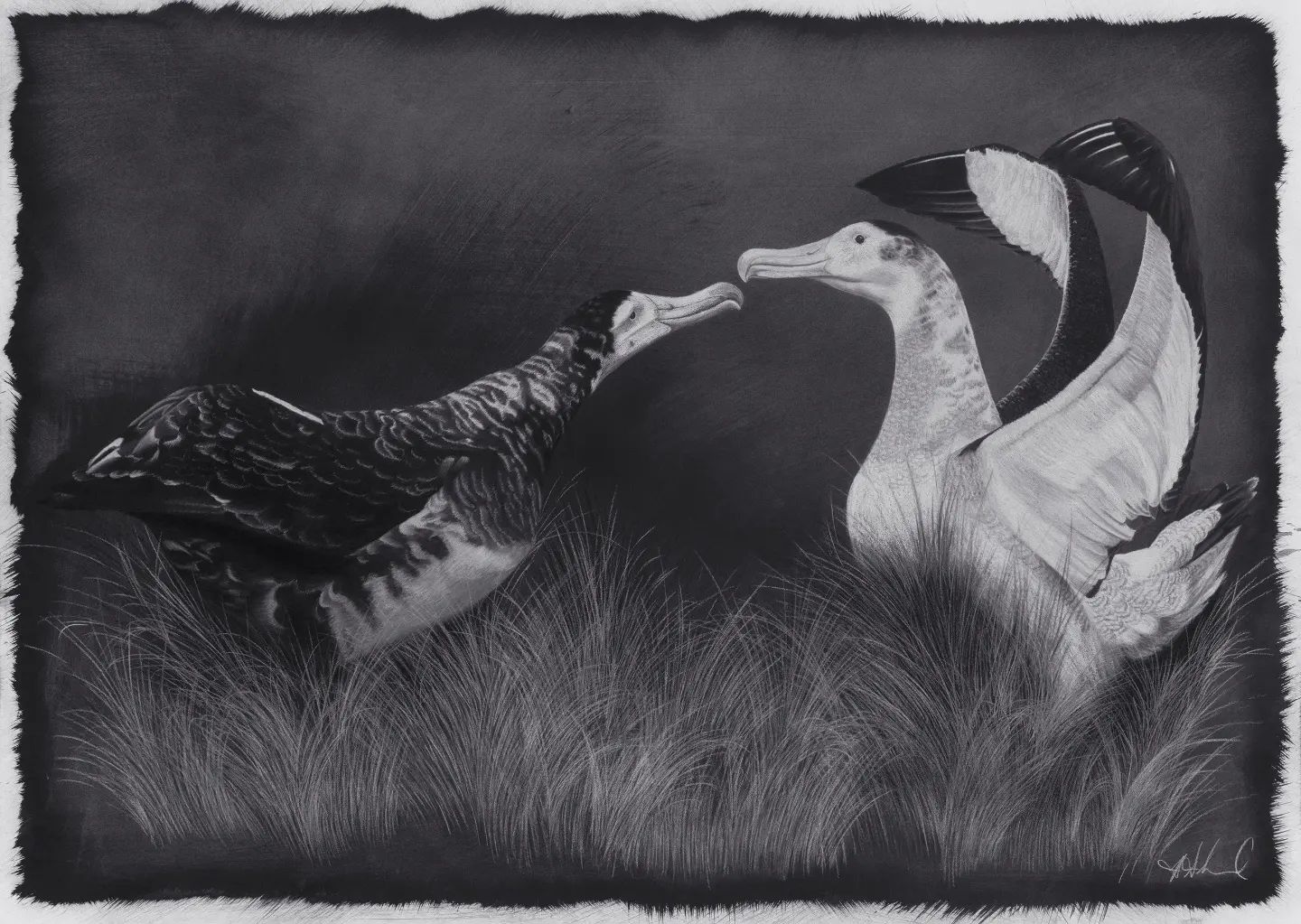
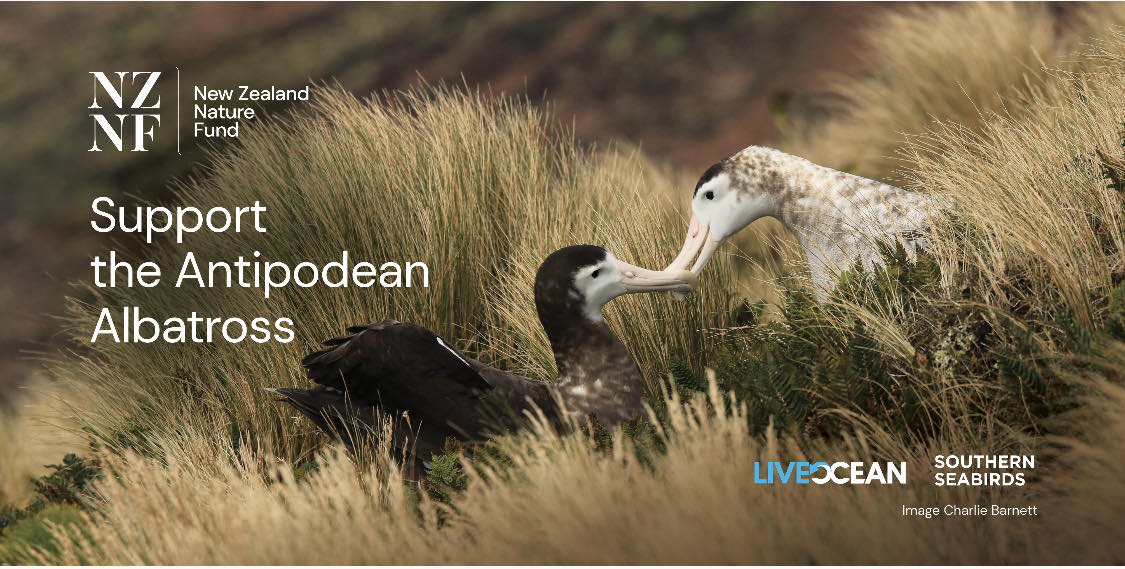
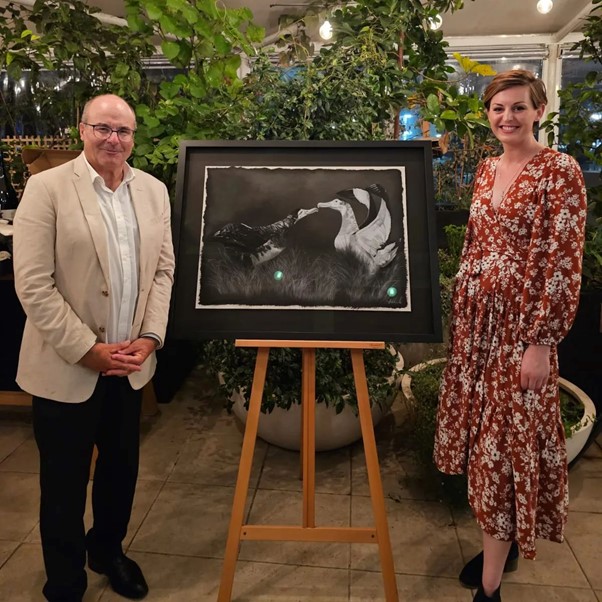
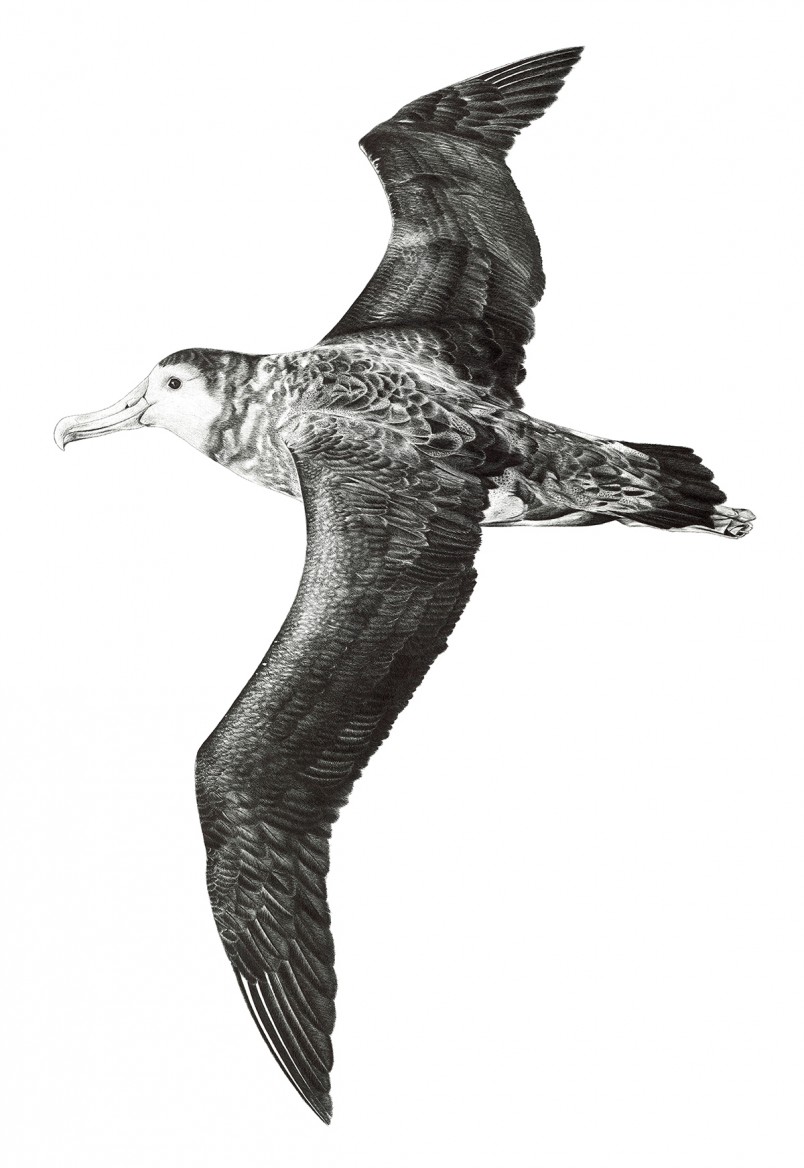
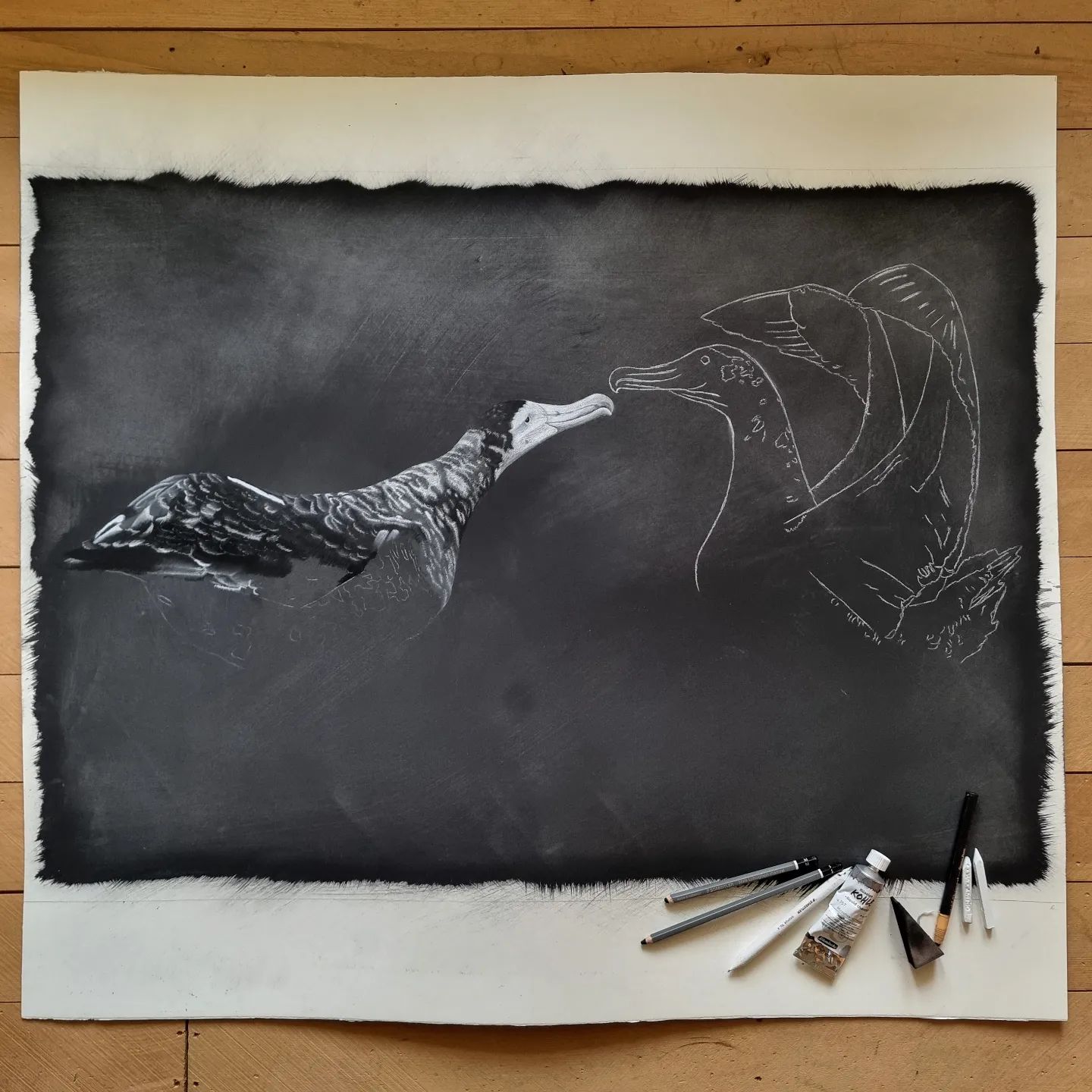
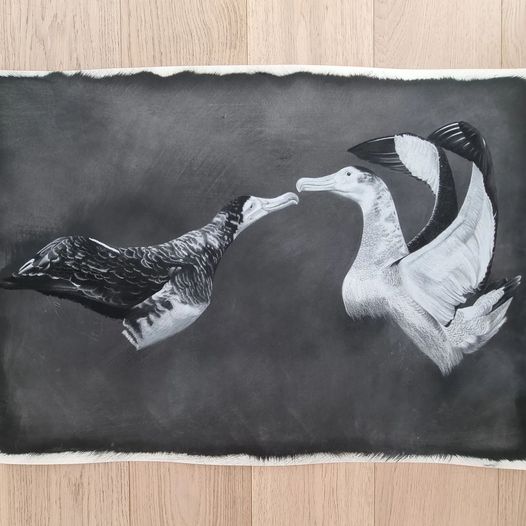
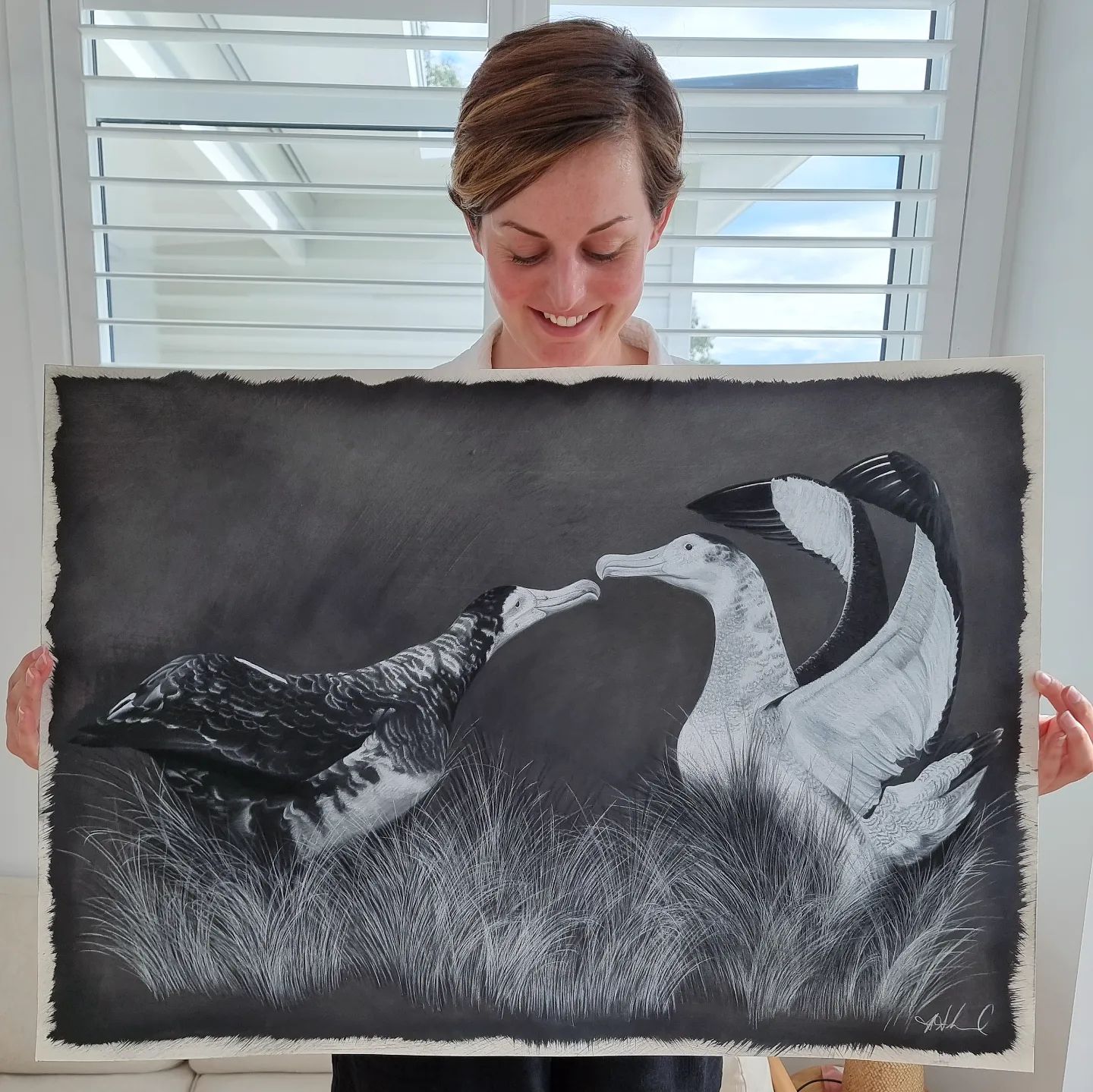
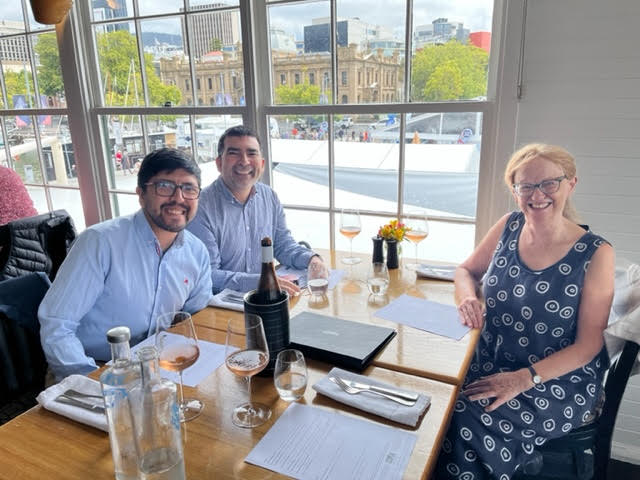 Translation students, Jhonny Pedraza (front left) and Angelo Berbotto (back left) enjoy lunch out with ACAP Executive Secretary, Dr Christine Bogle. Jhonny and Angelo spent a week with the ACAP Secretariat as in-house translators as part of ACAP's Translation Student Internship Programme
Translation students, Jhonny Pedraza (front left) and Angelo Berbotto (back left) enjoy lunch out with ACAP Executive Secretary, Dr Christine Bogle. Jhonny and Angelo spent a week with the ACAP Secretariat as in-house translators as part of ACAP's Translation Student Internship Programme